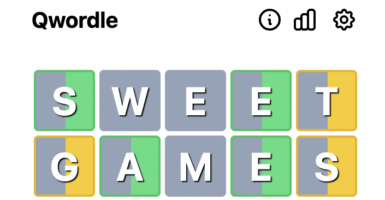Stunning Sketches That Bring The Civil War To Life
The U.S. Civil War was one of the first major conflicts that was extensively photographed. While the work of pioneering photographers like Mathew Brady is remarkable to look back at, photography was a technology that was still in its infancy.
Photographers weren’t always present at battles, and when they were, setting up cameras was a challenge. That’s why the historical record provided by contemporary artists is so important, because they show the Civil War from angles that photographers were unable to capture.
The Battle of Chattanooga
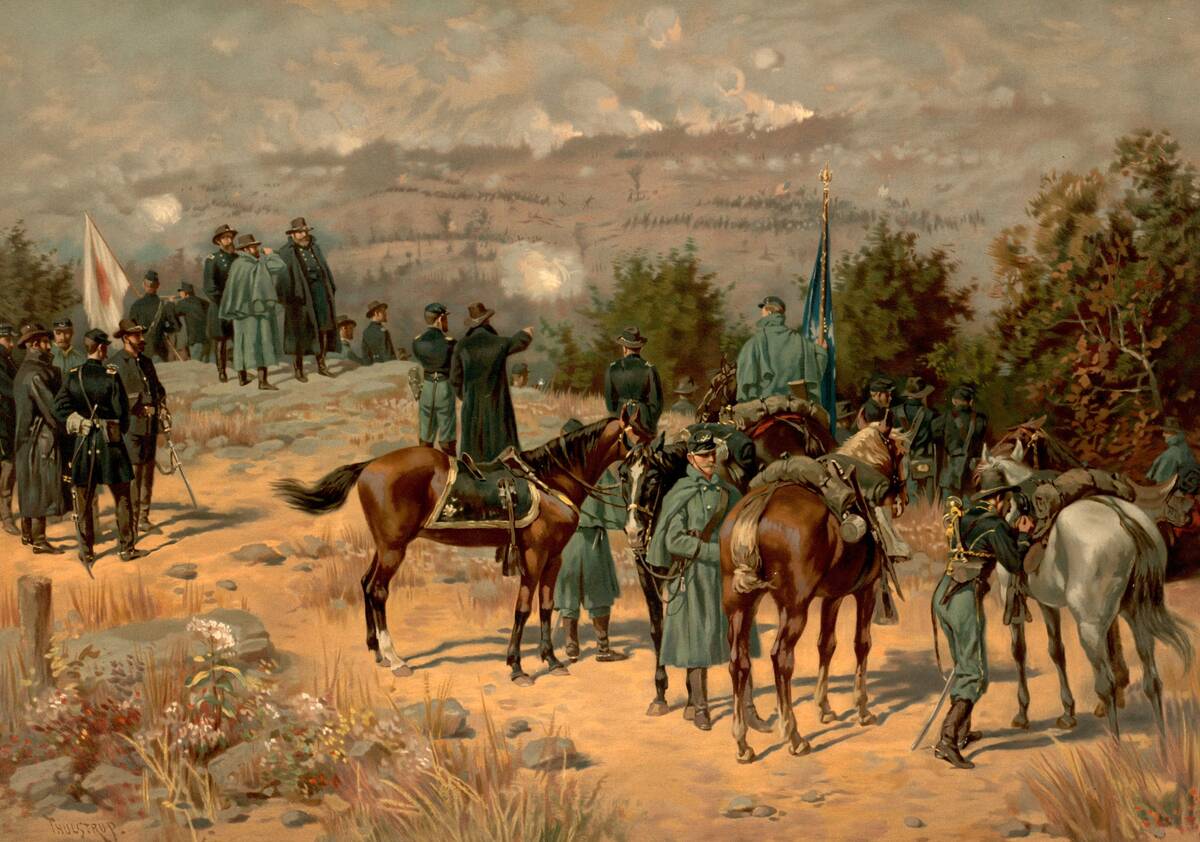
This battle was fought in November of 1863 and marked a major turning point in the Western Theater of the Civil War. After a crushing Union defeat at Chickamauga, General Grant and his troops were able to break the Confederate siege of Chattanooga, where Confederate General Braxton Bragg had trapped Union troops.
Grant’s troops stormed Lookout Mountain to gain the high ground, and this “Battle Above the Clouds” led to a Confederate retreat into Georgia.
CSS Lilian
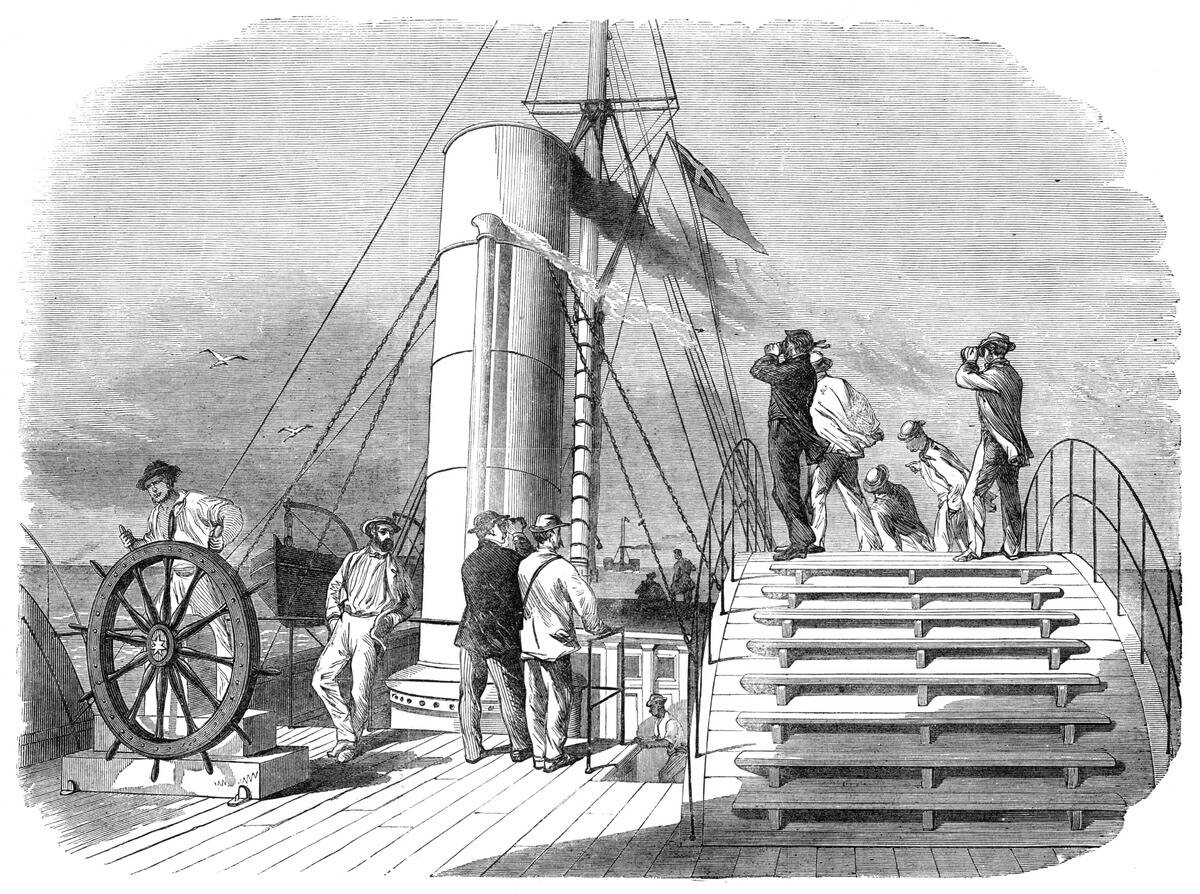
The Lilian, a Confederate ship, was used to break blockades to keep Confederate supply chains operational. Of critical importance was the harbor of Wilmington, North Carolina, which was one of the last major ports open to the Confederacy during the Civil War.
Blockade runners like the Lilian were fast, low-profile steamers that could evade the slower Union ships under the cover of night or bad weather.
Capture of Confederate prisoners

This sketch shows the capture of Confederate prisoners between Fairfax and Manassas in 1861 — a sight that would become increasingly commonplace as the tide of war turned in the Union’s favor.
In an era before established rules surrounding prisoners of war, the treatment of captured prisoners could be harsh — and after negotiations broke down, prisoner exchanges became less common.
USS Monongahela
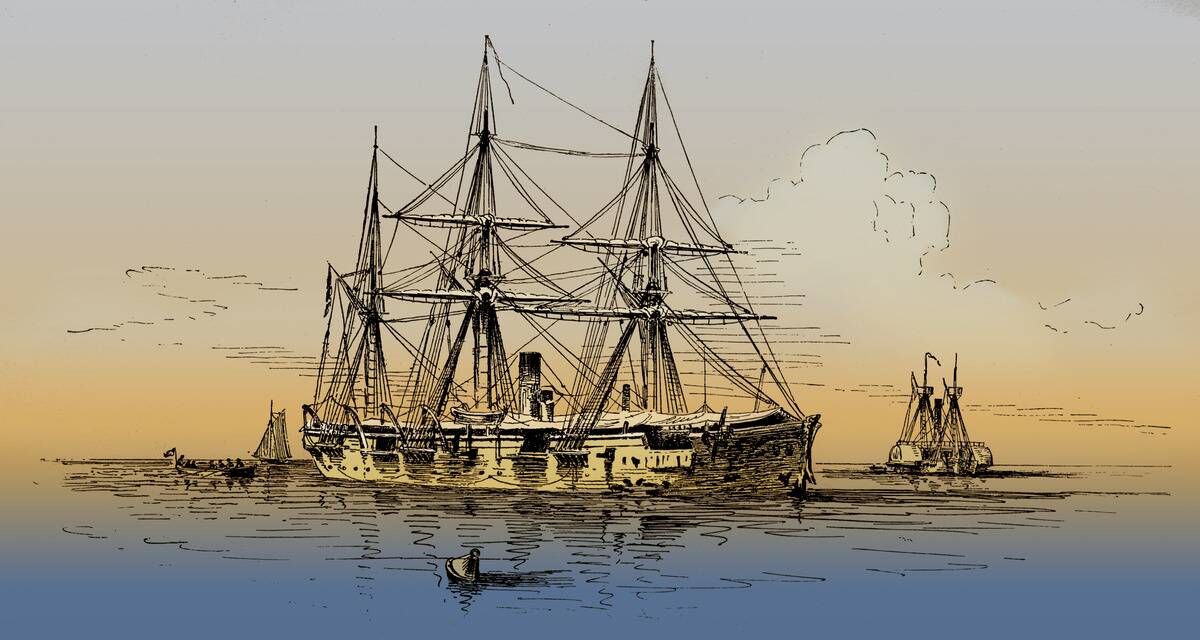
This sketch shows the Monongahela steaming away after the Battle of Mobile Bay in 1864, which resulted in the Union fleet incapacitating Confederate warships, in turn allowing a land force to capture three forts: Powell, Gaines, and Morgan.
The Monongahela had an impressively long life, and was used in the postwar years for training cruises and missions abroad. Even after being heavily damaged in an 1867 earthquake, the ship remained in service into the 1880s.
Battle of Cross Keys
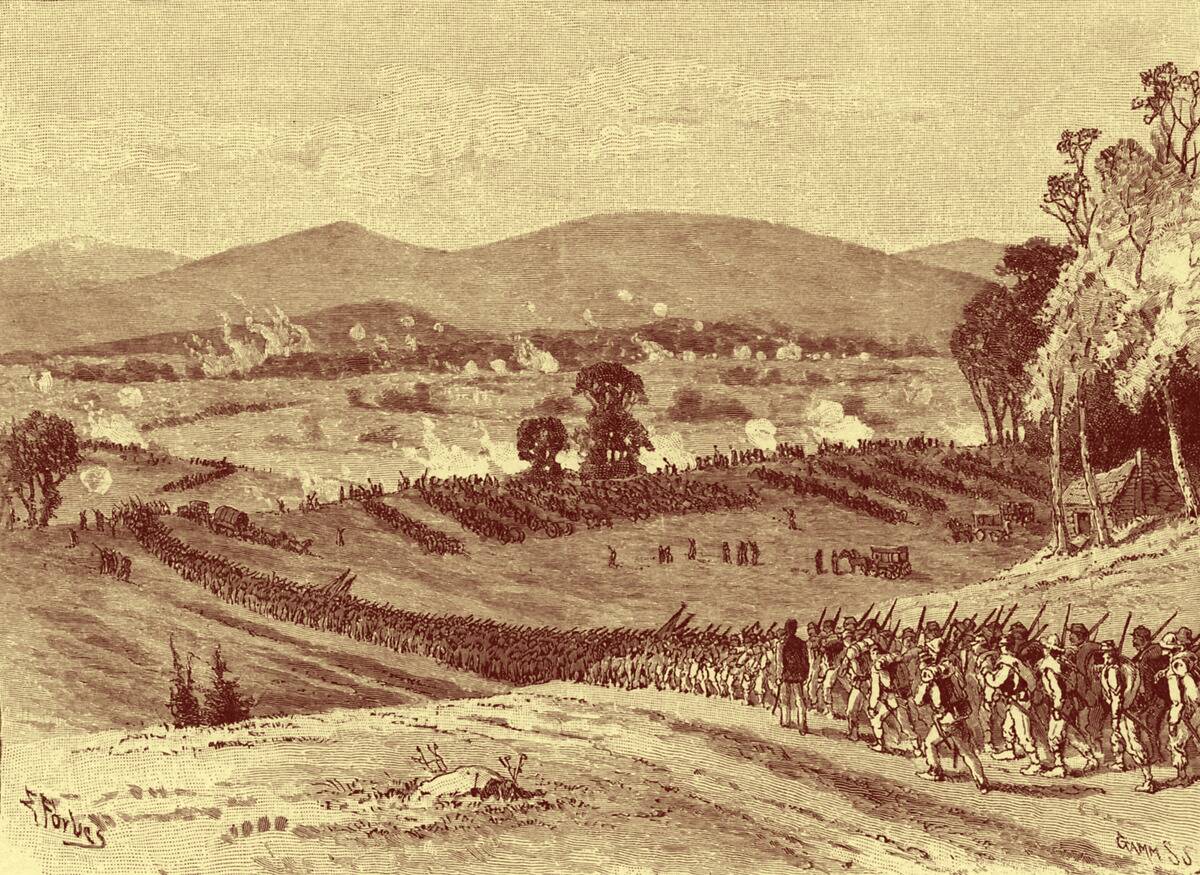
Virginia’s Shenandoah Valley was the site of the Battle of Cross Keys, part of Confederate General Stonewall Jackson’s famed Valley Campaign.
Although Jackson was facing multiple Union armies, he used rapid movements and strategic deception to keep his enemies off balance. While it wasn’t a large-scale engagement, Jackson’s tactics led to victory at Cross Keys, which allowed him to later reinforce Robert E. Lee near Richmond for the Seven Days Battles.
Night signaling
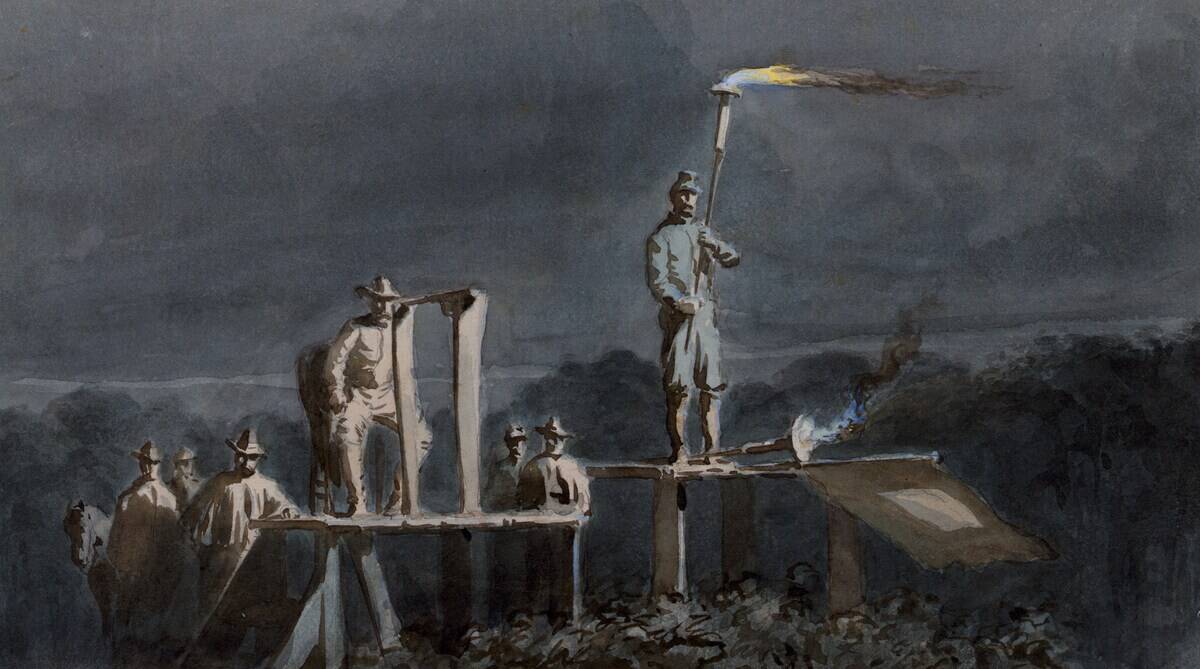
Long before radio technology, troops on both sides found low-tech ways to communicate visually. The so-called wigwag system relied on a flag (or torch at night, seen here) to be waved in specific patterns to represent letters and words.
This method was simple but effective, allowing armies to communicate specific directives and coded messages over long distances. It was a critical means of communication when telegraph lines were unavailable.
USS Mississippi
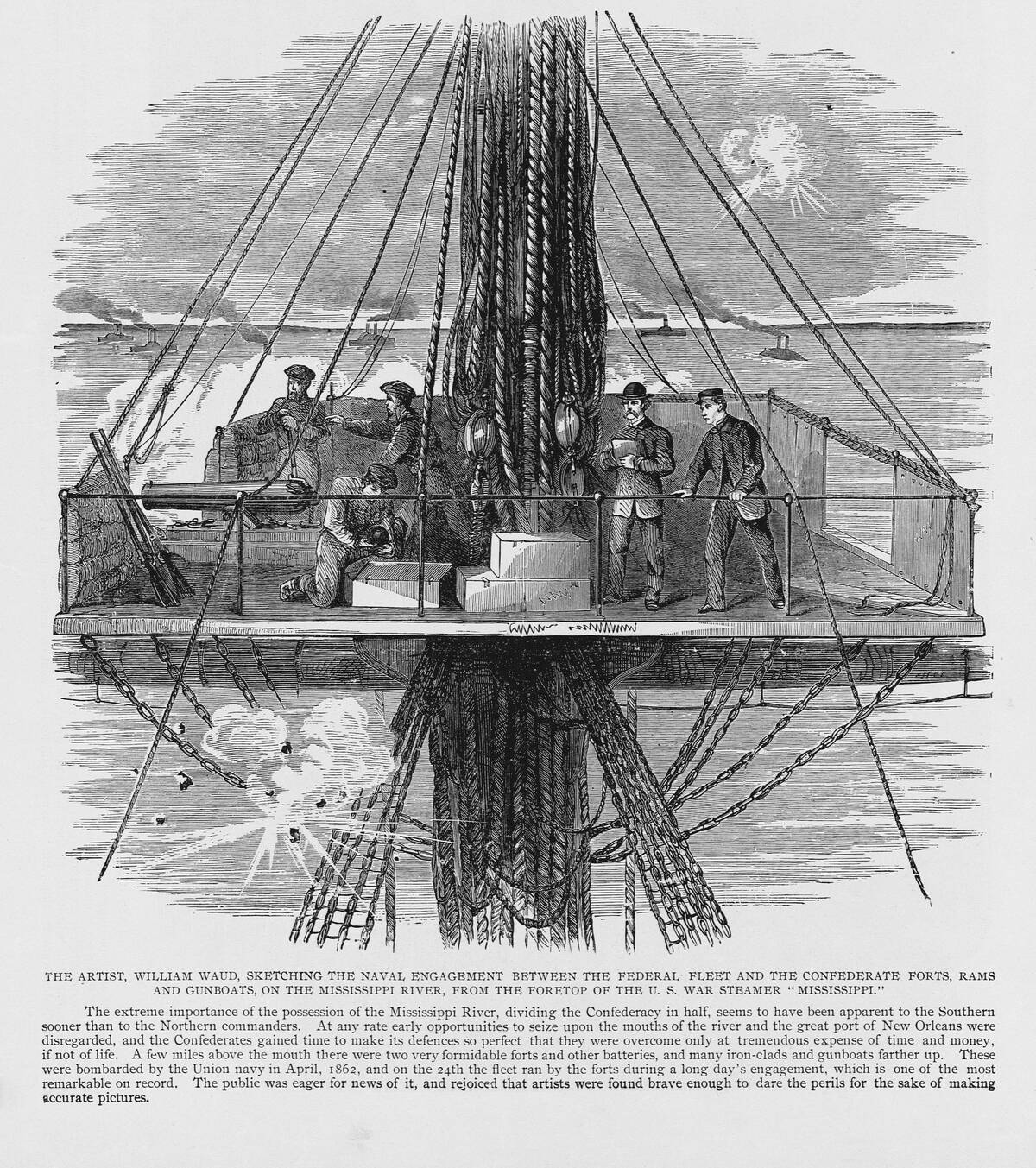
This sketch shows an engagement between the Union and Confederacy, high atop the rigging of the USS Mississippi.
The ship was a steam-powered vessel, originally laid down in 1841 and aging by the time of the Civil War. Despite its condition, it played a vital role in the Union assault on New Orleans in 1862. Later, in the 1863 Battle of Port Hudson, the ship ran aground and exploded soon after.
Christmas during the Civil War.
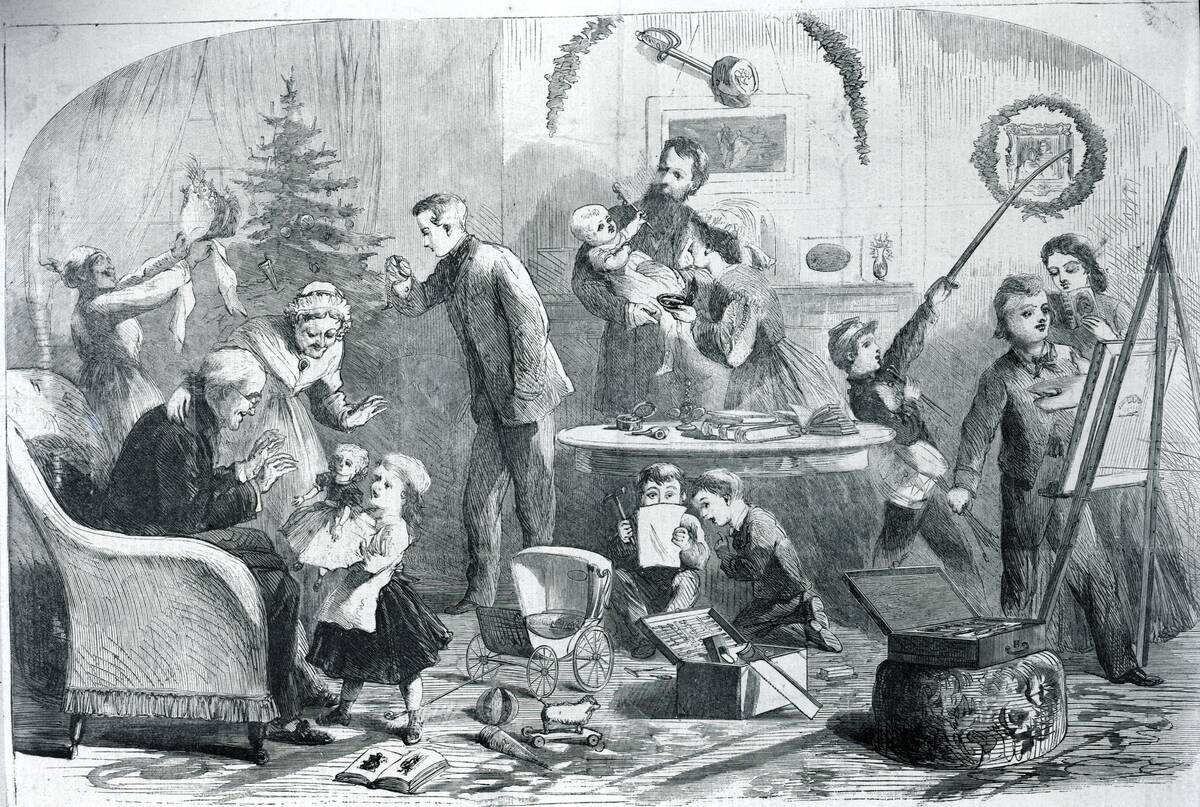
As the United States threatened to tear itself apart during the Civil War years, Christmas could be an emotional and even sombre occasion for Americans on both sides of the conflict.
Soldiers on the front lines would observe the holiday through singing carols, writing letters home, or sharing small feasts if they had enough supplies. Families at home struggled with absent loved ones. Still, it’s notable that this was the era in which the popular modern image of Santa Claus emerged.
Sherman’s March
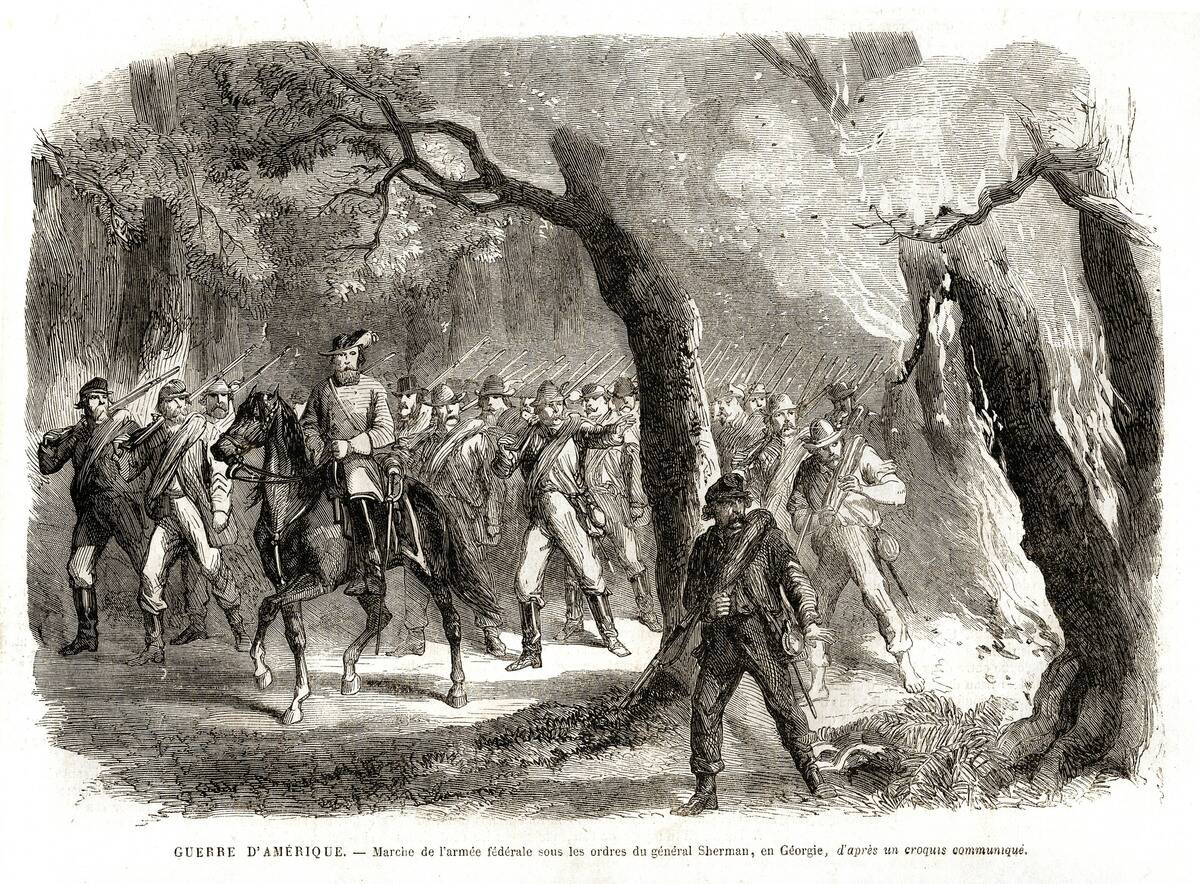
Major General William Tecumseh Sherman captured Atlanta from the Confederacy in November of 1864, then led approximately 60,000 troops on a 300-mile march from Atlanta to Savannah, which they took on December 21st.
The march became infamous for its “total war” tactics which saw railroads, factories, crops, and infrastructure completely destroyed. While the methods were controversial, there’s no doubt that they were effective.
Attack on Sabine Pass
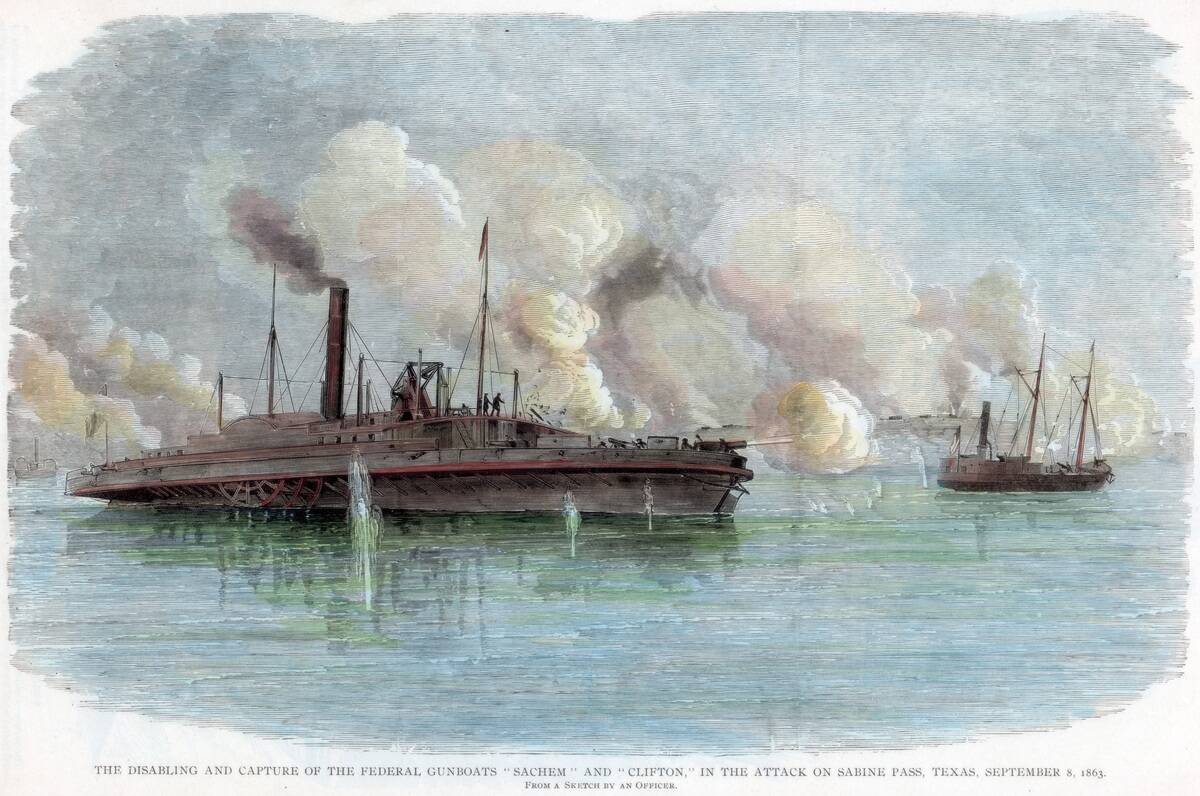
1863’s Attack on Sabine Pass occurred in one of the Civil War’s lesser-known theatres, the Texas coast along the border between Texas and Louisiana.
A Union fleet attempted to seize the strategically important inlet at Sabine Pass, but this attack was repelled by a small Confederate force of about 40 men and four artillery pieces. It was a rare but significant Confederate victory during a time when the Confederacy desperately needed a morale boost.
First Battle of Memphis
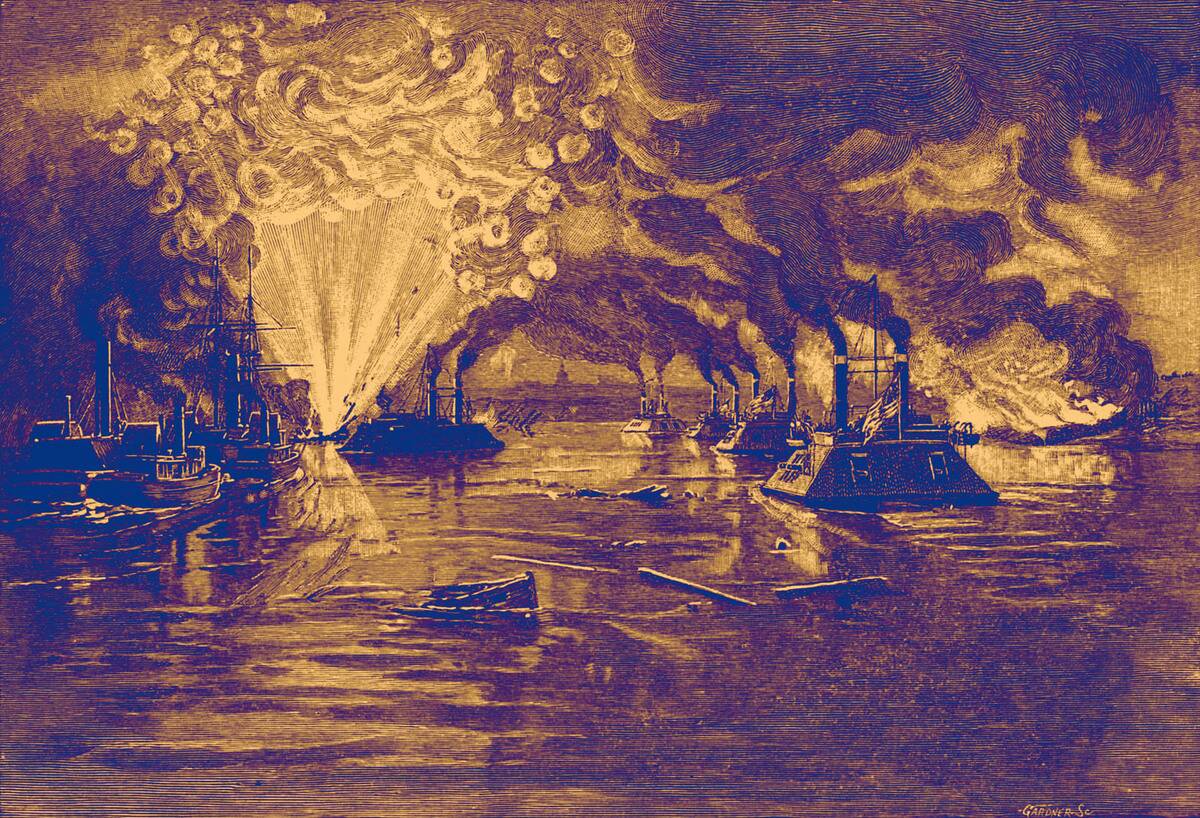
The First Battle of Memphis took place on June 6, 1862, and marked one of the early Union victories on the Mississippi River. A flotilla of Union gunboats confronted a Confederate fleet that was defending Memphis — a critical supply point for the Confederacy.
The Confederate fleet was ultimately no match for the powerful Union ironclads. The battle resulted in a decisive Union victory, which gave them control of the Mississippi River for a time.
Loading cohorn mortars
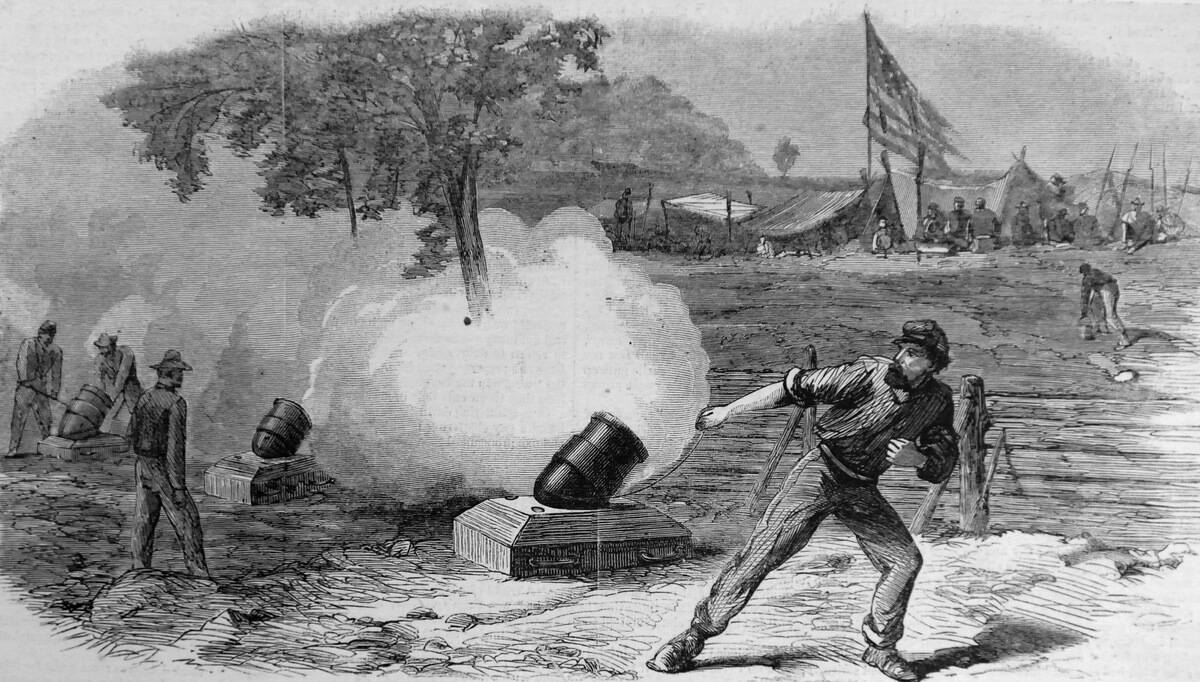
The Civil War saw major advancements in firepower, and one such example was the cohorn (or coehorn) mortar, a short-barreled, portable artillery piece that was used extensively by both sides during the Civil War.
The portability of these mortars was an asset, as was the fact that they could fire explosive shells at high angles, which made them extremely effective against fortifications, trenches, and troops in defensive positions.
Secret meeting of Southern Unionists
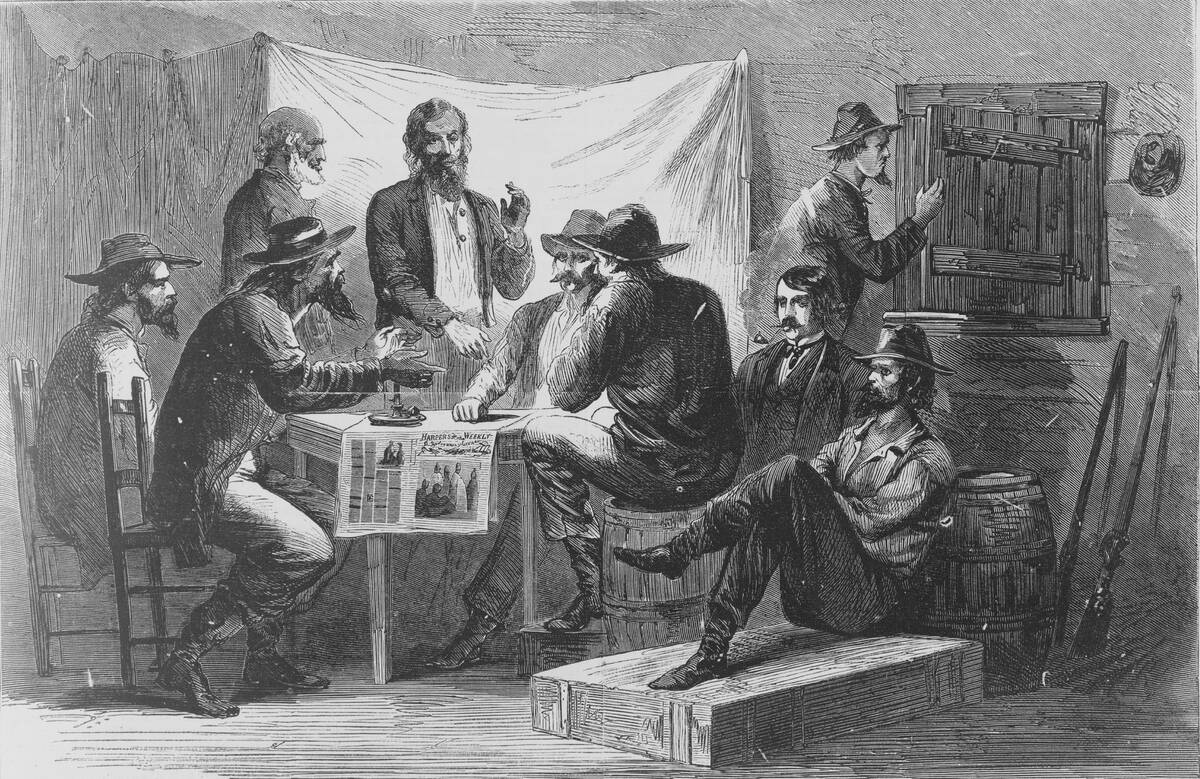
The popular image of the Civil War holds that the North was entirely pro-Union while the South was entirely pro-secession — but that was hardly the case in reality.
Many in the South, particularly those in border states, Appalachia, and parts of Texas, refused to support the Confederacy. This naturally made them unpopular among those in favor of secession, and those who were organized enough to hold meetings generally did so in secret.
Battle of Malvern Hill
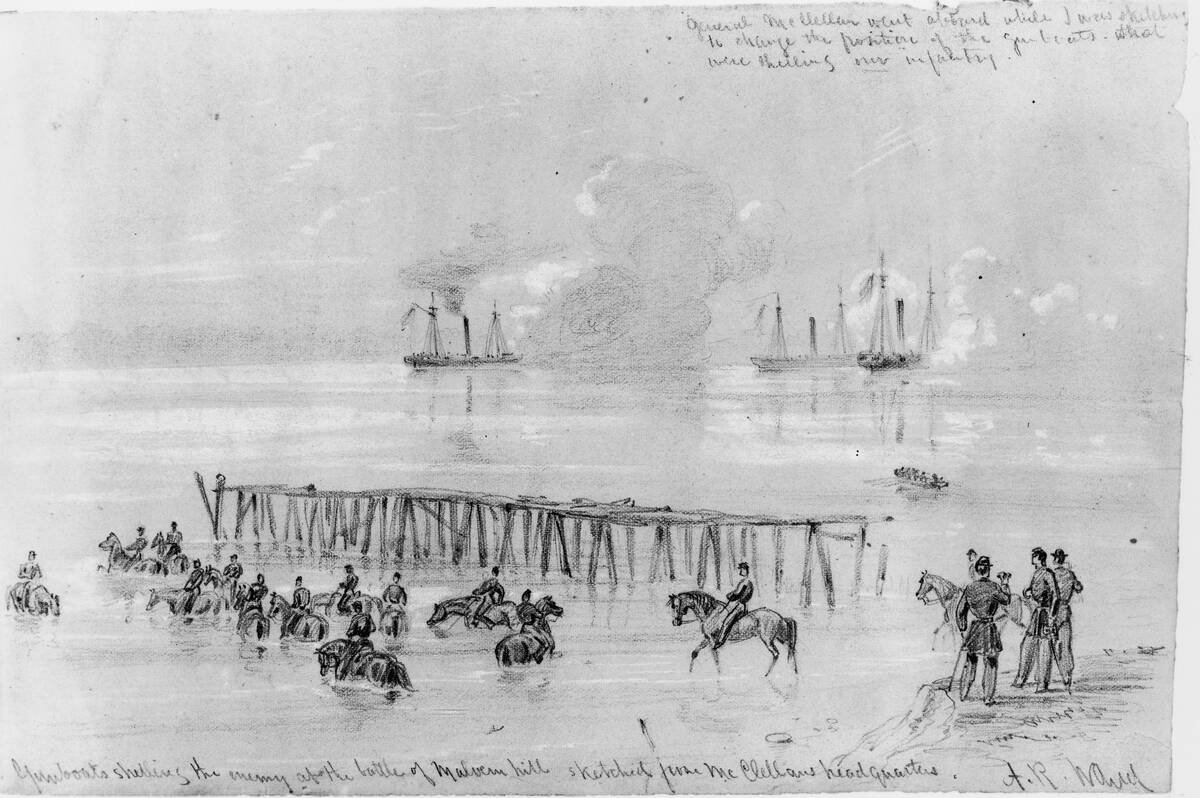
Fought on July 1, 1862, the Battle of Malvern Hill was the final engagement of the Seven Days Battles, which led to the Union Army retreating from the vicinity of Richmond, Virginia.
After the Confederacy, led by General Lee, pushed back the Union forces of George B. McLellan, the Union troops took up defensive positions on high ground. While the Confederates were unable to break through the lines and incurred heavy casualties, the Union failed to seize on this momentum.
President Lincoln and Union troops
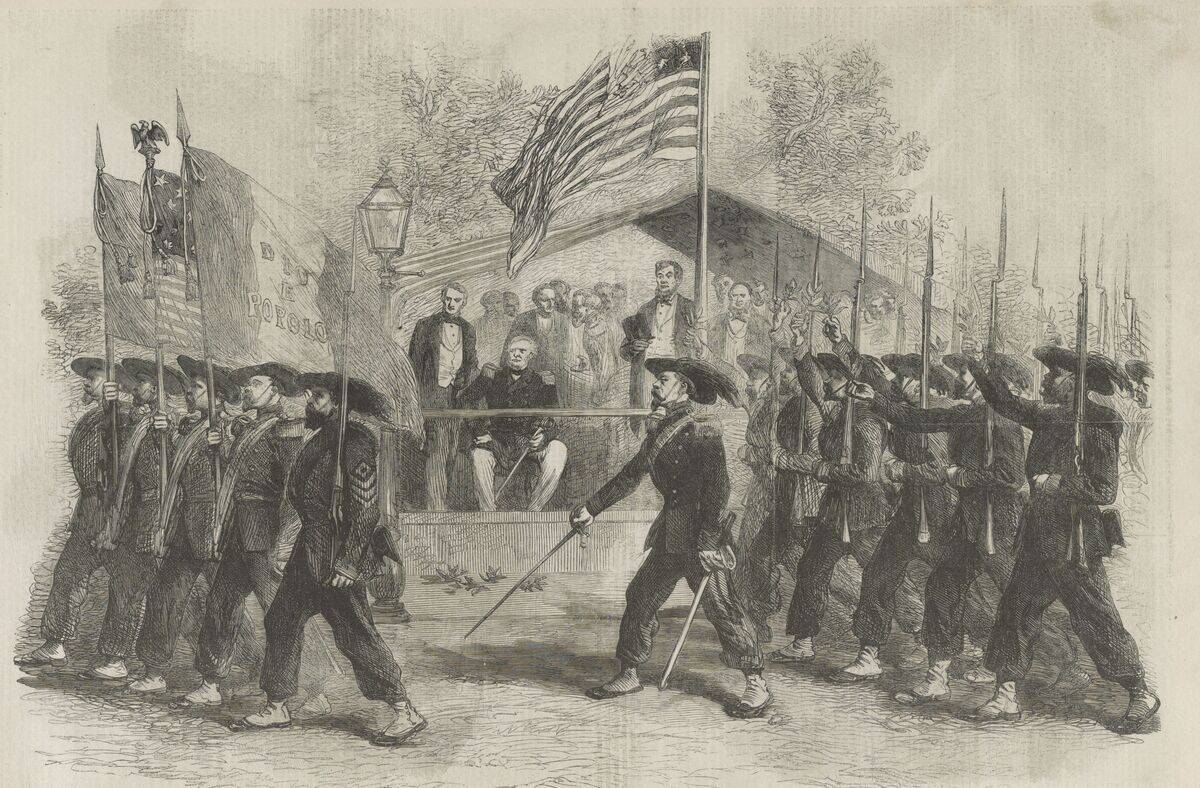
This sketch shows President Lincoln reviewing Union troops during a 4th of July parade. While the Union Army was initially composed of volunteers, this changed in 1863 with the introduction of conscription, otherwise known as a draft.
Union forces were diverse, coming from all over the Northern states, along with soldiers from border states, and even some from the South who remained loyal to the Union.

